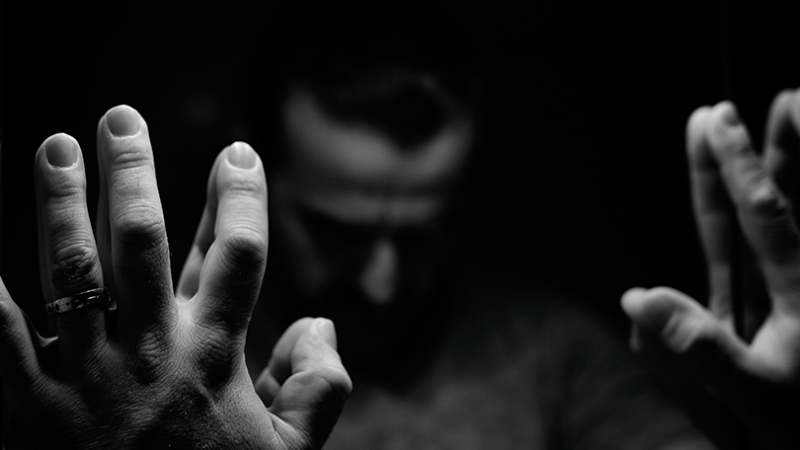Professional treatment is often necessary to break the addiction cycle, especially for severe addictions. Treatment options include counseling and therapy or rehabilitation programs. Many people find success with Medication-Assisted Treatment (MAT).

Shadow Work Part C: Breaking Addictive Cycles with Hypnotherapy
Understanding Addictions as Coping Mechanisms
Addictions often serve as coping mechanisms for deeper emotional or psychological issues, which can stem from unresolved trauma, stress, anxiety, or other forms of emotional pain. These addictive behaviors provide temporary relief or escape from negative feelings but ultimately lead to more harm than good, trapping individuals in a cycle of dependency.
The Role of Hypnotherapy
Hypnotherapy can be an effective tool in addressing and breaking addictive cycles. It works by accessing the subconscious mind, where these deep-seated issues and coping mechanisms reside. Through guided imagery, suggestions, and the establishment of a safe and supportive therapeutic relationship, hypnotherapy can help individuals:
1. Identify the Root Cause: Understand the underlying reasons for their addiction.
2. Change Perspective: View their addiction and its triggers in a new light.
3. Develop Healthier Coping Mechanisms: Learn new, more positive ways to deal with stress, pain, or negative emotions.
4. Enhance Self-Control: Strengthen their ability to resist cravings and make healthier choices.
Hypnotherapy Script for Breaking Addictive Cycles
Induction:
“Find a comfortable position, close your eyes, and take a deep breath in through your nose and out through your mouth. Imagine yourself standing at the edge of a peaceful lake on a calm day. With each breath, feel more relaxed, more at ease. As you exhale, imagine any tension, any stress, leaving your body.”
Deepening:
“Now, visualize yourself walking down a path that leads you deeper into a serene forest. With each step, you feel more grounded, more relaxed. Notice the sensation of your feet touching the earth, the sounds around you, the sensation of the air on your skin. You’re safe, you’re calm, and you’re in control.”
Identifying the Addiction and Its Role:
“Imagine you’re sitting by a river, watching the water flow. This river represents your life journey. Now, visualize a leaf floating on the river. This leaf represents your addictive behavior. Observe it, notice how it moves with the current, how it affects your journey. Understand that this leaf, this addiction, has been a way for you to cope, to navigate through difficult times. Acknowledge its role but also recognize its impact.”
Exploring the Root Cause:
“As you continue to observe the river, imagine a stone being thrown into it, creating ripples. These ripples represent the challenges, the pain, or the trauma that led you to adopt this coping mechanism. Allow yourself to feel these emotions, to understand them, but also to see them from a new perspective. You are not defined by them; you are on a journey to heal and move forward.”
Reframing and Healing:
“Now, visualize the leaf starting to transform, turning into a flower that floats on the river. This flower represents your newfound understanding and your ability to let go. As you watch, the flower begins to grow, symbolizing your growth, your strength. Imagine roots growing from the flower, deep into the riverbed, symbolizing your connection to your inner self and your new coping mechanisms.”
Suggestion for Change:
“From this place of peace and understanding, allow yourself to let go of the need for addictive behaviors. Imagine yourself making choices that align with your highest good, choices that promote health, happiness, and well-being. You are strong, capable, and in control. With each breath, feel your resolve strengthen, your commitment to your well-being solidify.”
Future Pacing:
“Imagine yourself in a future where you’ve successfully navigated through challenges without resorting to your old coping mechanisms. See yourself feeling proud, empowered, and at peace. This is your reality now; it’s within your reach. You’re on a path of healing, growth, and transformation.”
Counting Up:
“When you’re ready, slowly open your eyes. Take a deep breath in, feeling refreshed, renewed, and ready to embrace your journey forward. Remember, you’re not alone. You’ve taken a significant step towards healing and breaking free from addictive cycles.”
Post-Hypnotic Suggestion:
“Whenever you feel the urge to return to old patterns, take a deep breath, remember the peace and strength you’ve discovered, and repeat to yourself, ‘I am in control, I am capable, I am healing.’ Trust in yourself and your journey.”
This script serves as a guide and should be adapted to fit the individual’s specific needs and circumstances. It’s essential for hypnotherapists to work within their scope of practice and, when necessary, refer clients to other professionals for additional support.
Leave a Reply
You must be logged in to post a comment.